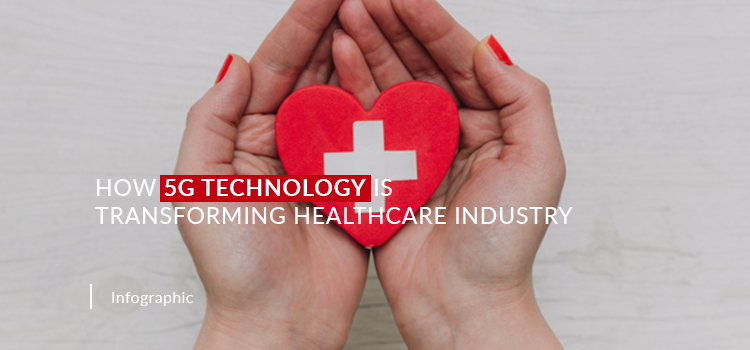The health care sector may have its good share of revolutions, even with the introduction of 5 G technological advances, yet another is also on the surface. 5 G’s combined of quicker interaction at reduced latencies offers the ability to change healthcare as we understand it by offering providers fresh, more reliable data sets to operate with.
- Though 5 G networks came into existence a couple of years off. However, once mobile network providers get 5 G back and working, this system will also have an excellent basis for medical apps, Ericsson claims.
- And all those apps, the infrastructure provider claims, will boost the conversion of the healthcare sector and customer care.
- Ericsson’s Consumer Lab Study from Health care to Homecare, released earlier this month, outlines the possible advantages 5 G connections and apps could offer.
The study is depending on internet survey outcomes with 4,500 smart phones/ broadband internet users. When the research being conducted, in February, people mostly were between the ages 18 as well as 69. They were situated in Germany, South Korea, Japan, the United Kingdom, and the United States.
5 G would introduce an age of customized, empowering patients, auto-directed healthcare, to better handle their wellness and medical circumstances.
Eventually, healthcare objectives are not restricted to discovering stronger therapy alternatives; health professionals also seek to construct preventive procedures that avoid therapy. 5 G is going to create those objectives a truth.
- One of the greatest problems facing IoT alternatives is poor network speeds due to pollution. Services interface with several other patients every day, and transferring big quantities of information on current networks could be an extremely difficult method.
Transmitting large image files immediately
MRIs and many other picture systems are usually very big documents and sometimes have to be sent for evaluation to a professional.
- The transmission can bring a long period or not transmit effectively when the system is small on bandwidth.
- It indicates that the person is waiting even longer for therapy and suppliers could see fewer patients in almost the same period.
- Putting a fast-speed 5 G network to current applications can assist transmit enormous medical imaging information documents rapidly and reliably, that can enhance connections to treatment and the performance of treatment.
Expansion of telemedicine
The telemedicine industry is anticipated to develop at a compound economic growth rate of 16.5 percent from 2017 to 2023, as per a survey by Industry research in Coming years.
- The research defined that the cause for the expected growth was healthcare requirement in rural regions, and also an increase in government projects.
- With 5 G, systems around the world can allow mobile networks to manage telemedicine meetings, that can significantly boost the program’s scope.
Improve AR, VR as well as spatial computation
Even though there is still minimal use of virtual reality (VR), augmented reality (AR), or even spatial computation in healthcare, 5 G might still further improve the capacity of a doctor to offer creative, less invasive medications.
- Among those greatest useful applications of 5 G, among the most interesting are its involvement in simulating complicated medical situations and allowing treatment options for critically sick people.
Reliable remote tracking in real-time
Through using IoT equipment, healthcare companies can track patients and collect information which can be used to enhance customized and preventative healthcare.
- With 5 G technological advancements, that has also reduced latency and greater capability, health services can give more patients remote monitoring. Suppliers could then be assured that they will obtain the data they must have in real-time which provide the treatment that their patients want and expect.
- As per the Anthem, 86 percent of doctors claim smart watches, a prevalent form of remote monitoring, boost patient involvement with their wellness. Also, smart watches are expected to reduce hospital expenses by 16 percent over the next five ages.
- Many important healthcare features are starting to just use artificial intelligence (AI) to identify future diagnoses and settle on the finest therapy scheme for a particular person. Also, AI can assist forecast that patients are even more probable to have post-operative problems, enabling health care systems to include early intervention when needed.
Artificial intelligence
The big quantities of information required for fast real-time knowledge involve ultra-reliable as well as high-bandwidth systems. Also, suppliers have to sometimes gather information from their smart phones.
By shifting to 5 G systems, healthcare organizations could use the AI instruments they have to provide the greatest feasible treatment wherever they choose in the healthcare facility.












